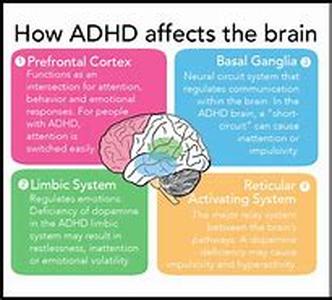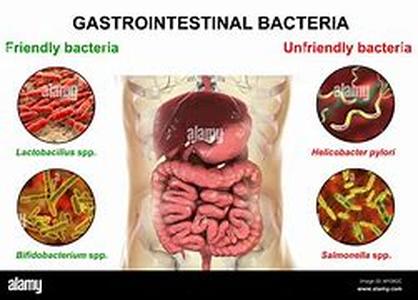
The Best Way In Understanding Hematology Test Results From, We Should Know And Understand First What Hematology Is. According To The Definition Of Hematology, It Is The Study Of Blood, Its Function And Disorder. Therefore, Hematology Test Is When You Are Taken Blood To Be Examined For, Lets Say, Any SicknessLab Tests Have Various Forms. Some Require Blood Samples, As Others Require Urine Or Stool (feces). For Blood Tests, This Is One Of The Most Widespread And Complicated Laboratory Tests Used To Monitor The Health Of People, Particularly To Those With HIV. Blood Samples Are Usually Used To Perform Five Different Types Of Test, Which Include Hematology Test, Blood Chemistry Test, Microbiology Test, Serology Test, And HIV-specific Test. Hematology Tests Are Used To Measure The Number And Amount Of Formed Elements In Your Blood. Formed Elements Can Include Red Blood Cells (RBC), White Blood Cells (WBC), And Platelets. In Understanding Hematology Test Results, The RBC, WBC, Platelets, Differentials, Are Listed On Lab Reports As The Number Of Cells Per Cubic Millimeter Or Mm Of Blood. Sometimes, Lab Reports List The Number Of Cells Per Microliter, Or L, Of Blood. Base On The Information Below, Understanding Hematology Test Will Be Easy.Red Blood Cells, Also Called Erythrocytes, Are Responsible For Delivering Oxygen Throughout Your Body. In Understanding Hematology Test Result Of Your Blood Samples, You Should Know That There Are Around 3.6 To 6.1 Million Of Red Blood Cells In One Cubic Millimeter Of Blood. Anemia, A Condition Identified As A Decreased Number Of Red Blood Cells Can Be A Sign Of Underlying Illness. Hematocrit Measures The Percentage Of Blood Volume That Is Occupied By Red Blood Cells. In General, Red Blood Cells Should Make Up 40 To 52 Percent Of The Total Blood Volume Of Men And 35 To 46 Percent In Women. Hemoglobin, On The Other Hand, Is A Protein Found Within The Red Blood Cells That Carries Oxygen Throughout Your Body. Normal Hemoglobin Levels Range From 12 To 16 Grams Per Deciliter Of Blood. Red Blood Cells Indices Include The Mean Corpuscular Hemoglobin, MCH; The Mean Hemoglobin Concentration, MCHC, The Mean Corpuscular Volume, MCV; And The Red Cell Distribution Width, RDWPlatelets, Or Thrombocytes, Are Elements In The Blood That Are Essential For Blood Clot. A Normal Platelet Count Ranges From 150,000 To 440,000millimeter Of Blood. In Understanding Hematology Test Results, Its Important For You To Know If You Are Within The Range.White Blood Cells, Or Leukocytes, Defend The Body Against Infection. White Blood Cells Form In The Bone Marrow And Consist Of Various Types And Sub-types. A Healthy Adult Has An Average Of 4,000 To 11,000 White Cells Per Cubic Millimeter Or Microliter Of Blood. A High White Blood Cell Count Usually Means That An Infection Is Present In The Body, Whereas A Low Number Can Mean That A Certain Disease Or Drug Has Damaged The Bone Marrows Ability To Produce New Cells. The Differential Is A Count Of The Number Or Percentage Of White Blood Cells Made Up By Each Major Type Of WBC. Neutrophils Are White Blood Cells That Fight Most Bacterial Infections, If Becomes Too Low, Theres A Great Risk Of Bacterial Infections.In Understanding Hematology Test Results, You Should Be Able To Know The Normal Range Of RBC, WBC, Platelets, And Differentials, To Have A Comparison If You Fall On The Normal Level. I Must Say Understanding Hematology Test Results Is Not Hard After All.





